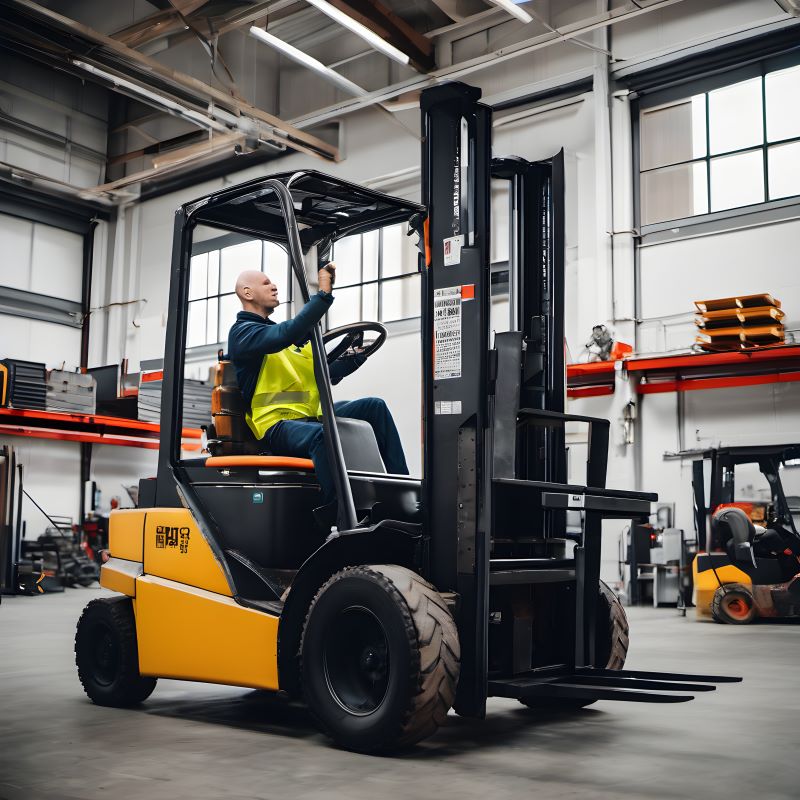
Personal injury solicitors Simpson Millar has found that over 1 in 6 workplace accidents in construction, logistics, and similar industries involve forklifts.
The data comes in light of Forklift Safety Day on 11th June. As part of their new study in accidents at work, Simpson Millar found that 30,146 non-fatal accidents1 were reported in the last year in industries which regularly use forklifts as part of their daily operations.
According to the Health and Safety Executive, around 5,000 forklift injuries2 are reported every single year.
Manufacturing 10,382
Transportation and storage 8,059
Wholesale and retail trade; repair of motor vehicles and motorcycles 6,873
Construction 4,038
Agriculture, forestry and fishing 690
Mining and quarrying 104
Source: Health and Safety Executive (HSE)
Simpson Millar also used their experience of working with those who had suffered serious forklift injuries and found that the most common reasons for accidents include:
• User error - failing to notice another person, object or vehicle and colliding with them
• Insufficient training and supervision
• Lack of marked or designated traffic routes on work grounds
• Uneven surfaces
• Overloaded pallets and unsecured loads
• Poor maintenance of equipment
Simpson Millar shares, “Employers have a legal duty to provide and maintain a safe system of work. In workplaces where there is heavy machinery present, like warehouses, the Provision and Use of Work Equipment Regulations 1998 and Lifting Equipment Regulations 1998 place duties on people and companies to operate, control, maintain and inspect equipment. Employers can be prosecuted and fined up to £20,0004 if they’re found to have breached any of these regulations and failed to keep their workers safe.”
9 ways employers can prevent forklift accidents for employees
1. Maintain a clean, well-organised and tidy workplace
2. Carry out rigorous risk assessments on the grounds and vehicles, updating them regularly to identify material risks
3. Provide adequate training to staff, so they’re aware of risks and how to deal with them
4. Have adequate supervision of staff in place when using forklifts, along with a system of inspecting and maintaining machinery
5. Put up warning signs close to known hazards, such as uneven surfaces and dangerous machinery, and ensure safe walkways and routes in busy warehouses as clearly marked
6. Make sure forklift drivers wear a seatbelt, hard hat and hi-vis vest, take regular breaks and drive at appropriate speeds
7. Provide personal protective equipment, such as hard hats, goggles and gloves
8. Maintain safe loading and unloading processes, and use lifting equipment most appropriate for the task
9. Make sure all lifting equipment is clearly marked with the safe working load limit
64% of workers have had an accident at work which has gone unreported
What’s more is when Simpson Millar polled UK workers, 64% said they had suffered an accident at work but failed to report it. Only 36% of workers shared they had reported the incident.
Staggeringly, 31% of workers stated they had ‘never thought to report’ the accident. This statistic alone could mean that the rate of accidents in industries that commonly use forklifts could be far higher than the 30,146 non-fatal accidents reported by HSE.
Further to this, 46% of workers shared they are unsure who to report an accident to, which could mean those workers decide not to report an accident involving a forklift.